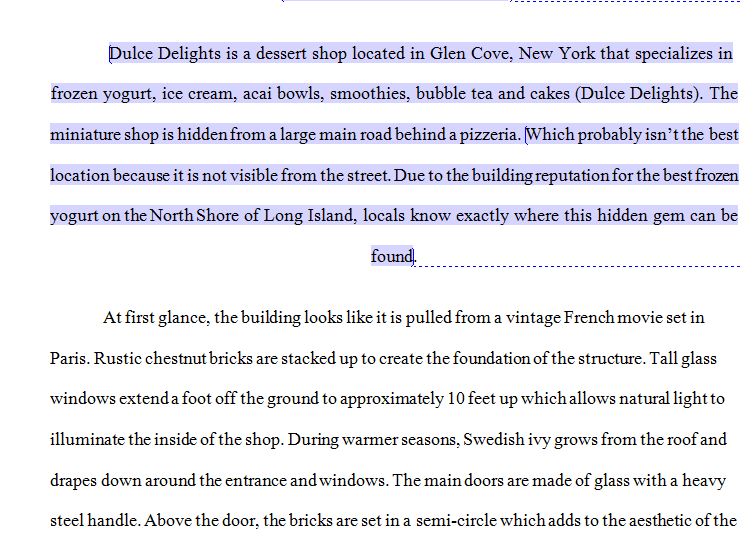Does the writer have a primary stance or verdict running through the piece
two Peer Reviewing for Review essay (250 words each)
Attached is the Guidelines for Peer Reviewing the review, which you should read first in order to engage in a rigorous session of workshopping the papers you’re assigned, along with two student papers to peer review. Remember that tactful criticism based upon the assignment overview and rubric, and your growing understanding of this genre developed through the craft and sample readings, should dominate your feedback with only brief discussion of the reviews’ positive points.
Please use Word’s Review Tool to leave marginal comments and suggestions for improvement, along with an end note summarizing your big picture advice related to content and organization, complete the peer reviewing.
Review Peer Review Guidelines
Steps: 1) Read the assignment overview for the Review and your annotations for the craft readings so these are fresh in your mind. 2) Read the student’s review straight through once then, read it again with an eye toward making observations and suggestions for improvement based on the questions below and your growing knowledge of this genre. 3) Start offering comments and suggestions for improvement. While it’s good to briefly compliment the piece in your 250-word response and in the marginal notes using Word’s Review Tool, it’s much more important to offer tactful suggestions for improvement. This is what I look for when I grade your peer reviewing efforts.
Content-Related Items:
1.Does the writer have a primary stance or verdict running through the piece?
2.How do they try to persuade you their stance/verdict is valid, what type of evidence do they provide? How might they make the writing more convincing?
3.Does the writer create engaging descriptions that use concrete sensory details so the reader can visualize what they’re reviewing? Is there sufficient details and where might these be added? In all good writing, the more specific the writing, the more persuasive it is. So where is the writer being vague when they need to be more specific?
4.When does the writer give the reader their stance? Is it too soon or too late?
5.Where might the writer dig more deeply to find a greater significance or meaning in their analysis of the recipe/restaurant/product/etc for their review?
6.Does the writer give you information you need when you need it?
7.How do you perceive the “narrator” (aka, the writer) of the piece? Are they relatable, likeable, convincing, fair or biased, unpersuasive, biting? Tone is created via word choice and that can have a big influence on how much you’re persuaded becuae the more you like a narrator/writer, the more you’ll trust them. Where might the writer develop their ethos/crediblity?
Organization-Related Items:
8.How does the writer begin? Does it open with a description or with telling us something? Does it intrigue you and open with engaging, vivid, specific, and concrete sensory details?
9.How does the writer link the parts of the piece? Look at how paragraphs begin and end. Is each paragraph focused on doing one thing? If not, how might the paragraphs become more focused?
10. What is the relationship between conclusion and introduction of the piece?
Style and Mechanics-Related Items:
11. Note features of language such as similes, metaphors and analogies, the choice of verbs and specific concrete sensory details. Where could there be more to make the writing more vivid and engaging?
Solution preview for the order on does the writer have a primary stance or verdict running through the piece
APA
1659 words
